

Operetta CLS High-Content Analysis System
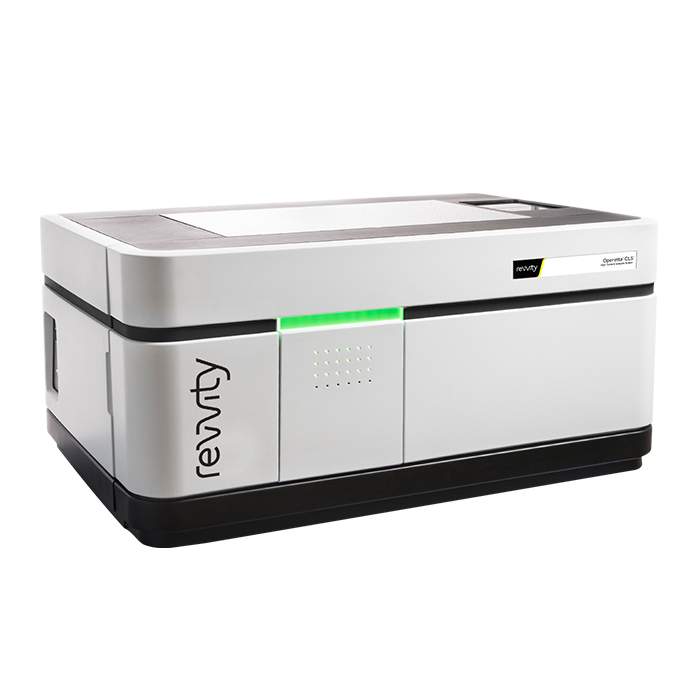
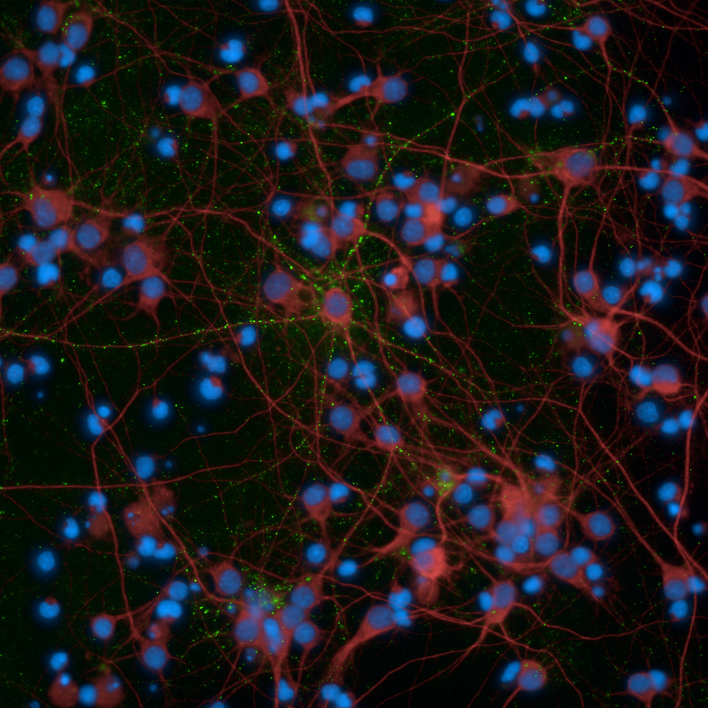
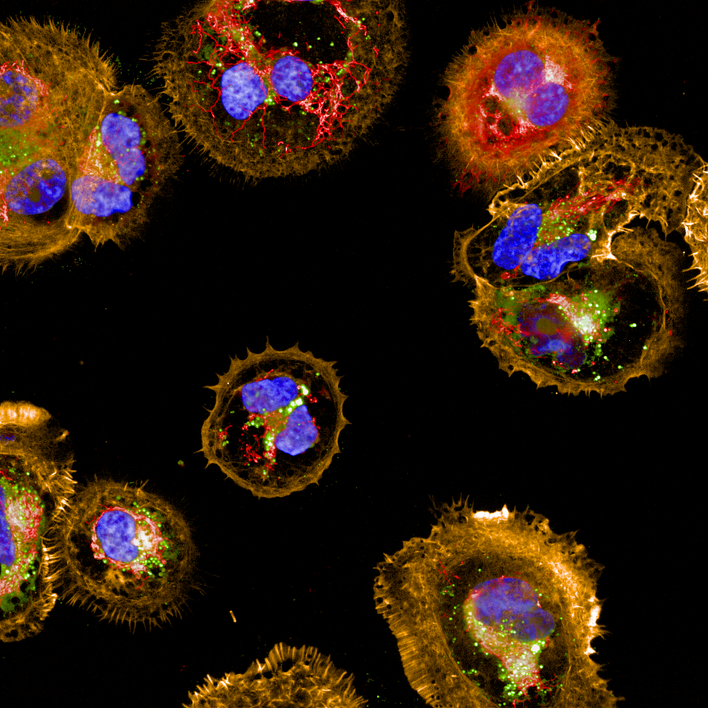
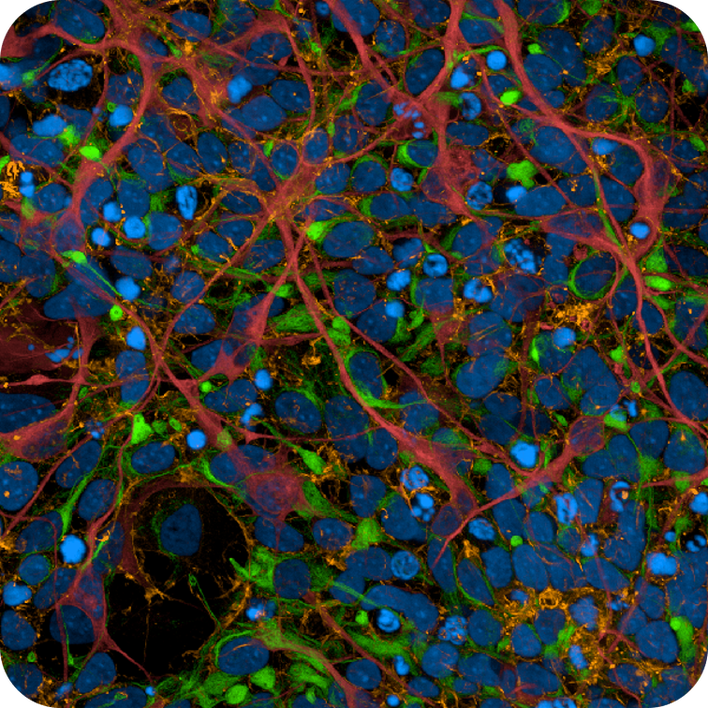
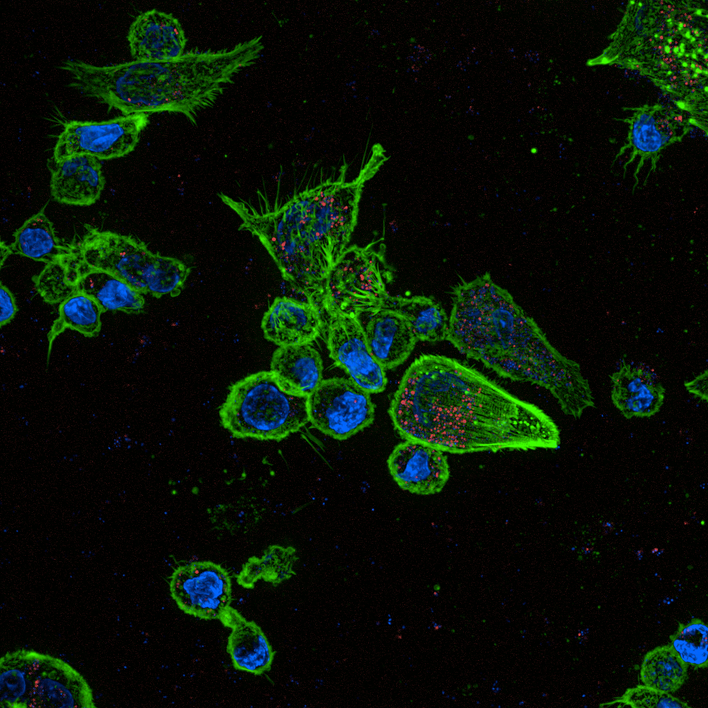
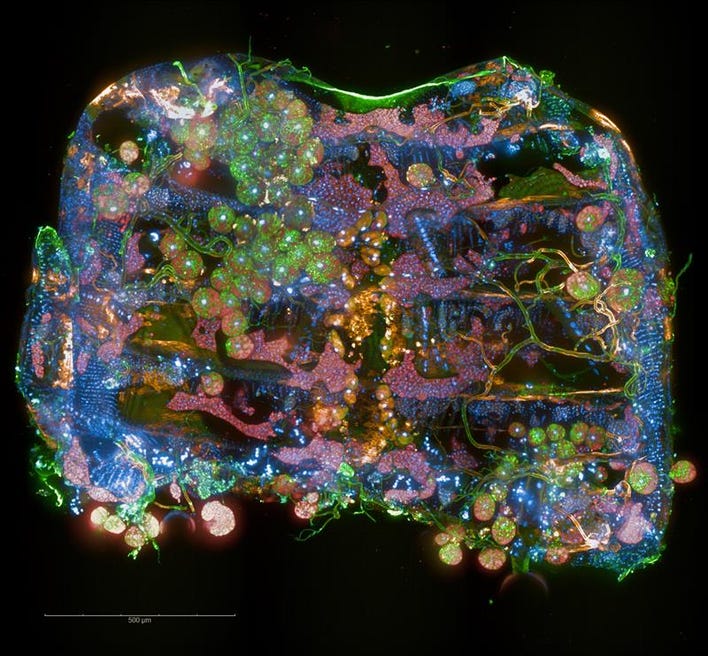
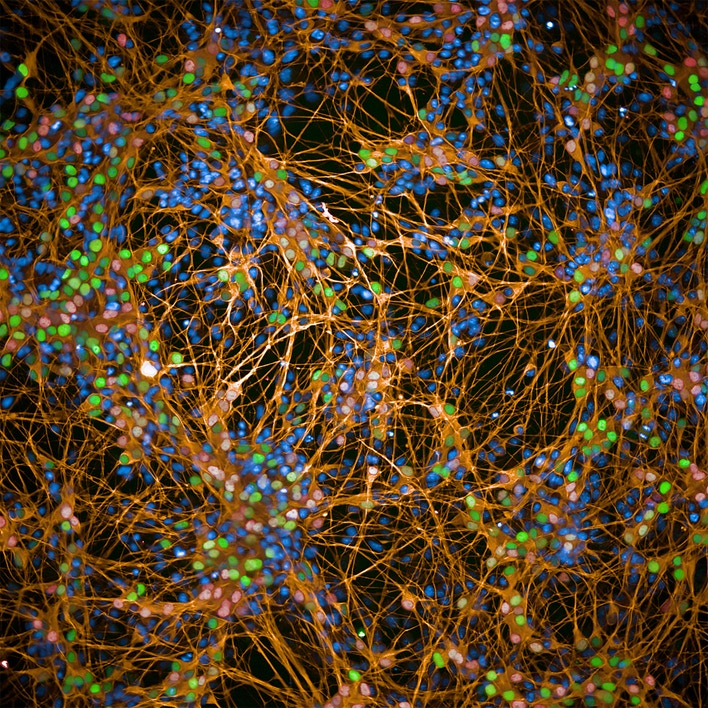
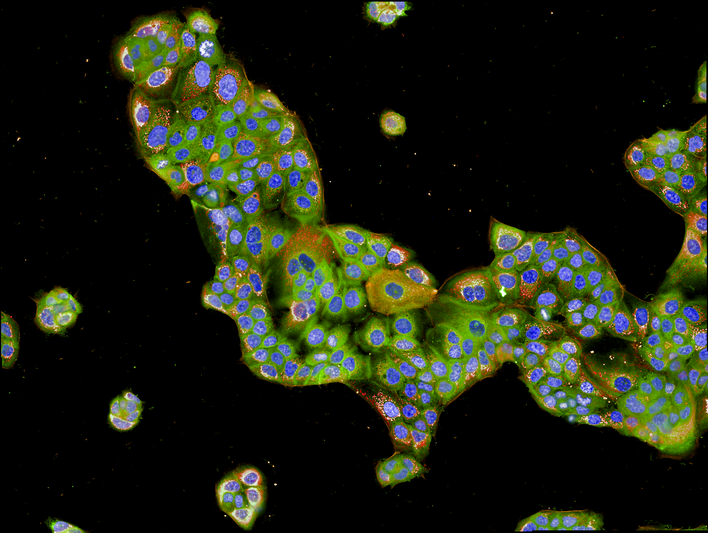
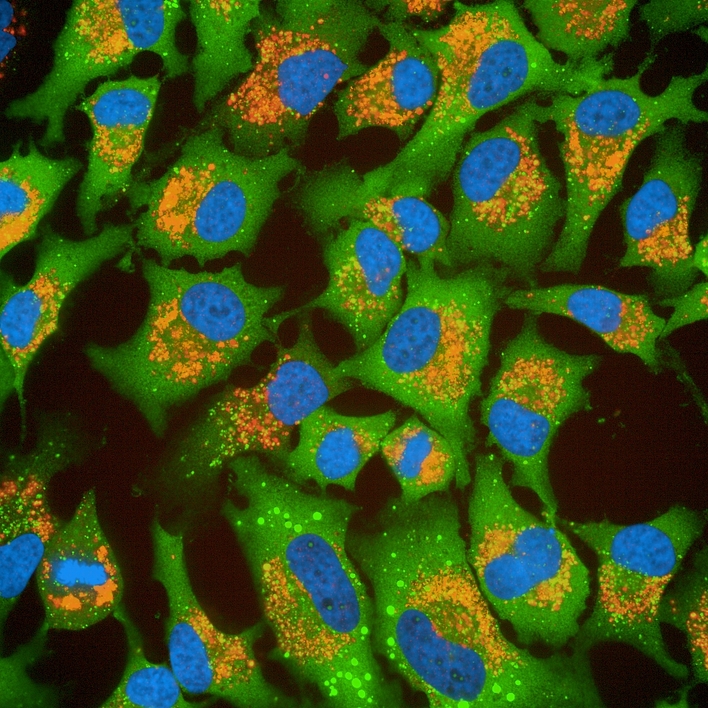












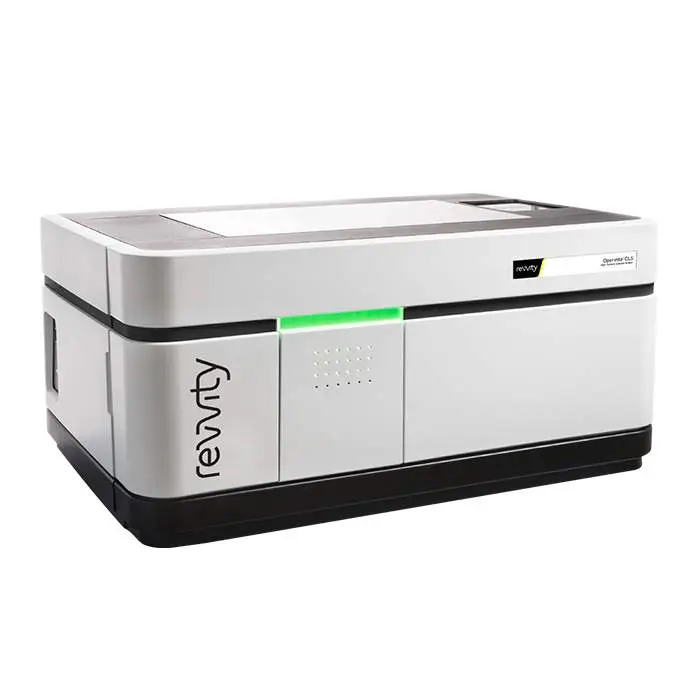
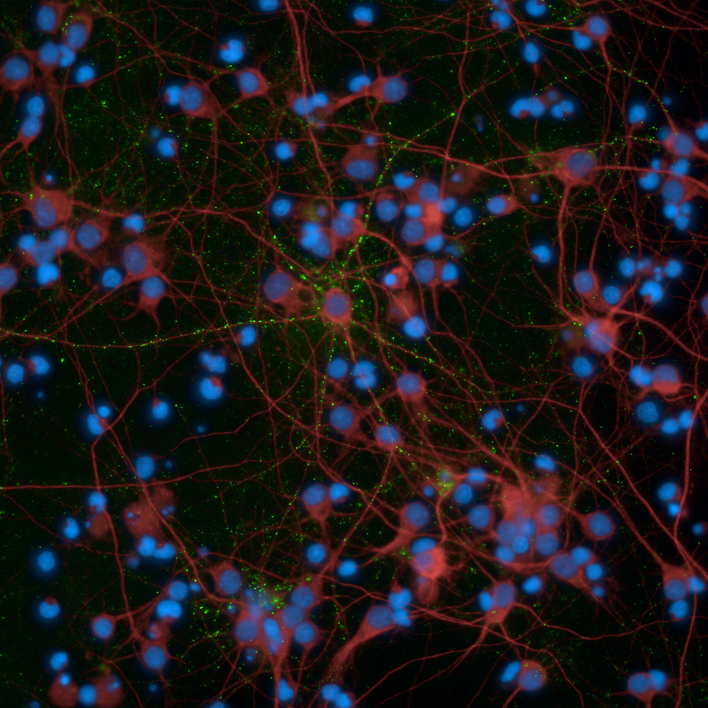
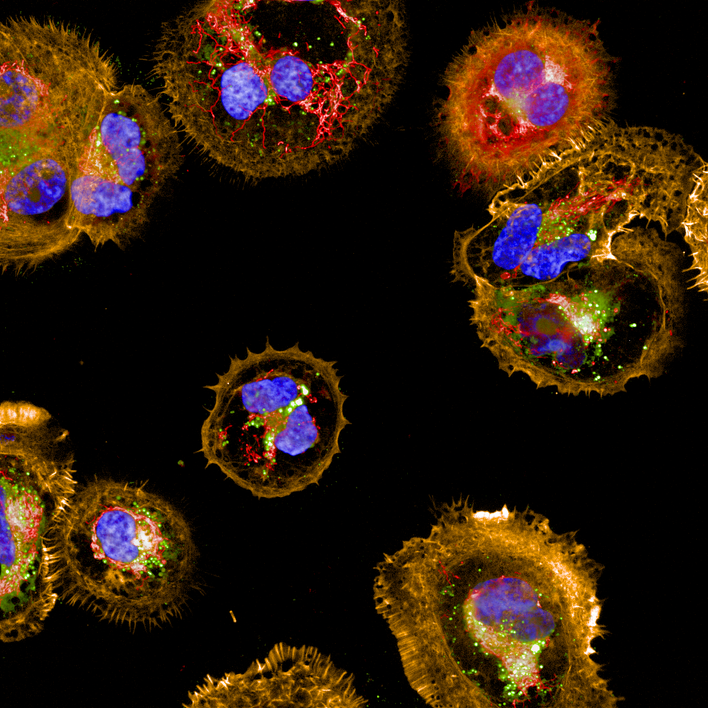
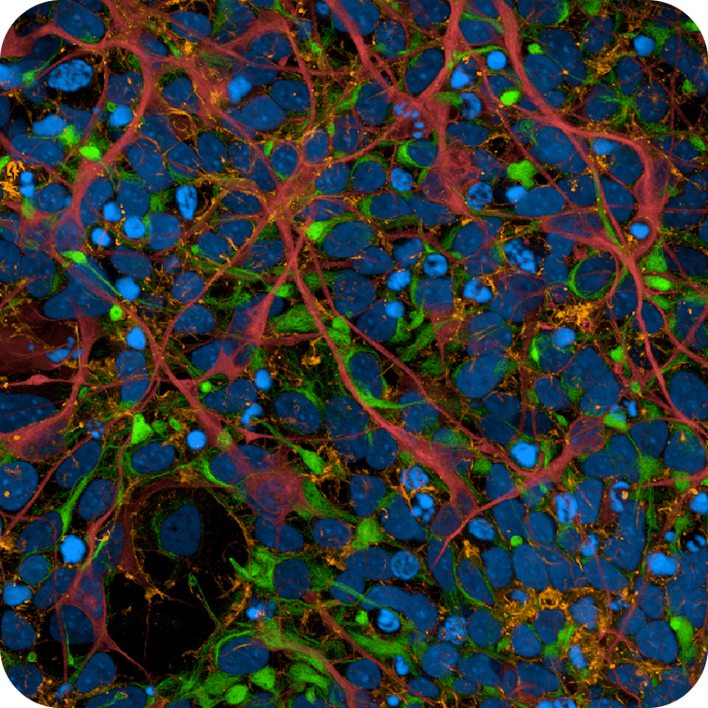
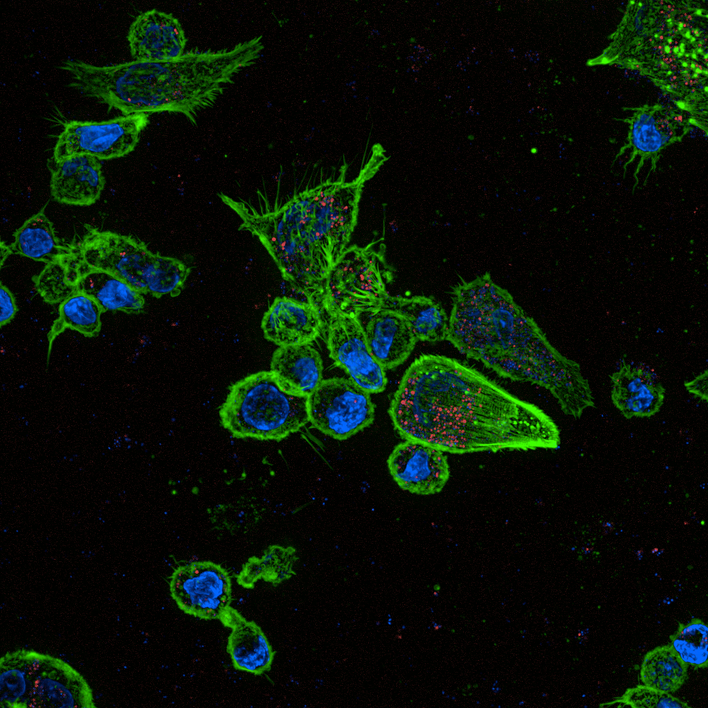
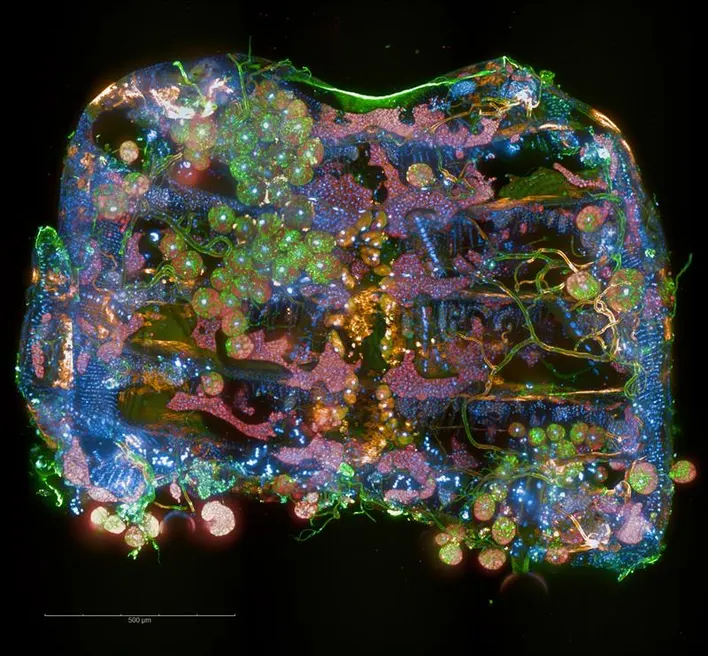
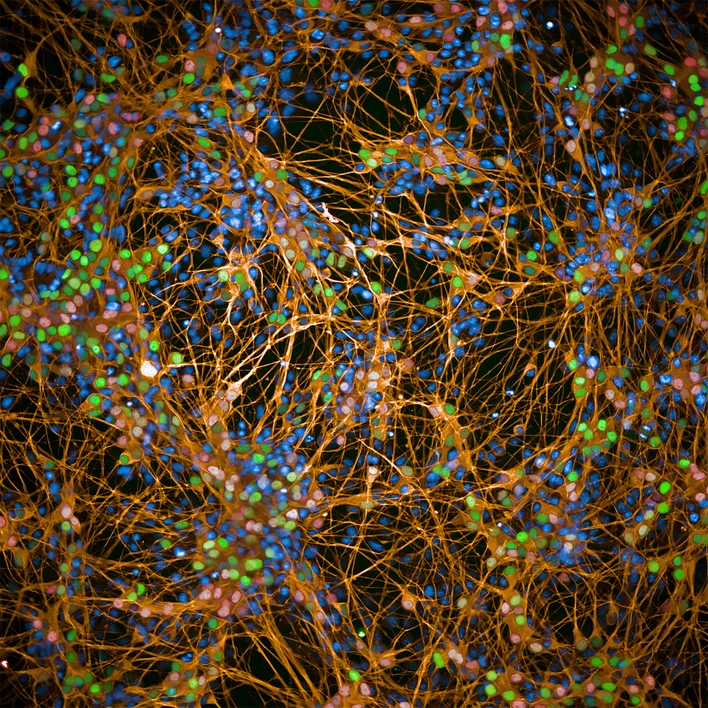
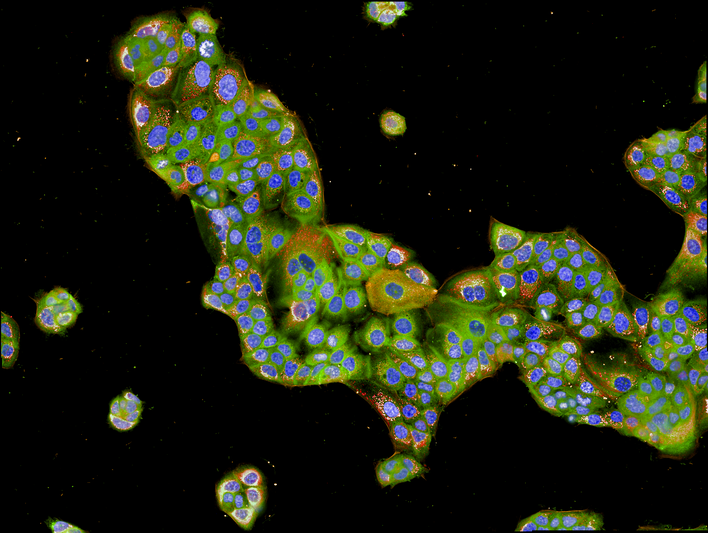
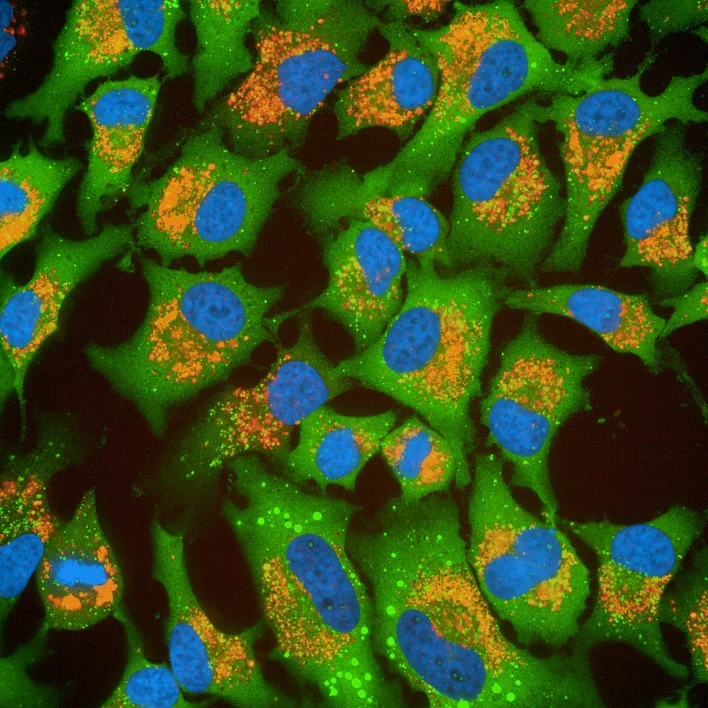

































Product information
Overview
The Operetta CLS system combines speed and sensitivity with the powerful and intuitive data analysis you’ve come to trust from the Operetta platform. The all-new Operetta CLS delivers everything you need from the high-content analysis. What’s more, the Operetta CLS system is part of our comprehensive HCS workflow – everything from HCS systems and microplates to automation and informatics for every application. All from one knowledgeable, trusted vendor. Put that together with our Harmony high-content imaging and analysis software – the easy-to-learn, easy-to-use software that empowers biologists to do their own analysis – and you have everything you need to run your every day (and complex) analyses right away.
Applications
From everyday assays to more demanding applications, the Operetta CLS high-content analysis system delivers just the right combination of flexible excitation, sensitive optics, and advanced software features to enable you to gain deeper biological insight from all your critical applications.
Fixed-cell assays
- Up to eight high-power excitation sources and user-accessible emission filters enable maximum flexibility of fluorescent stains and labels, plus the system features widefield and spinning-disk fluorescent imaging.
Live-cell assays
- The spinning disk confocal optics and synchronized LED illumination provides stable excitation and minimize phototoxicity and bleaching for meaningful live-cell assays. You can also choose brightfield or digital-phase contrast imaging modes.
Complex cellular models
- The large-format sCMOS camera with water-immersion objectives provides sensitivity and high resolution, while advanced software helps you address the imaging and analysis challenges presented by complex cellular models.
Advanced assays
- FRET is a powerful tool for investigating conformational changes and protein-protein interactions. The Operetta CLS system’s sensitive imaging and dedicated analysis tools for ratiometric imaging, facilitate robust results.
Phenotypic fingerprinting
- The Operetta CLS combines high-resolution imaging with advanced software tools to help create robust phenotypic fingerprints of the subtle differences at the core of successful phenotypic assays.
Your complete HCS workflow
- Get superior results with our PhenoPlate™ microplates for high content screening
- Use together with our PhenoVue™ cellular imaging reagents including cell painting kits
- Improve throughput and productivity by automating your Operetta CLS system, or benefit from our automated cellular workflows and drug discovery workflows
- Export results automatically into Image Artist™ Image Analysis and Management platform, so you can access, re-analyze, store, and share all your cell image data from Operetta CLS and other HCS systems
- Combine with Signals One for powerful multivariate statistical methods and unsupervised machine learning techniques so you can identify parameters that best define distinct cellular fingerprints
Additional product information
Operetta CLS is a high throughput microplate imager for high-content analysis (HCA). It can acquire, analyze and manage fluorescence, brightfield and digital phase contrast images. The combination of high power LED excitation with fast, precise mechanics and one large format sCMOS camera enables fast imaging. Controlled by Harmony software it offers a seamless workflow, for reliable discrimination of phenotypes even in complex cellular models
Features at a glance

Intelligent image acquisition
Target more accurately your object of interest for significantly reduced acquisition and analysis times, particularly valuable for 3D microtissue and rare event studies.

Machine learning
Easily create algorithms without being an image analysis expert using our PhenoLOGIC proprietary machine-learning technology.

Easily quantify cellular phenotypes in complex 3D models
Explore your cell models by visualizing them in a 3D- and an XYZ-viewer and quantify volumetric and other 3D related phenotypic readouts.

Powerfully simple analysis capabilities
Harmony® high-content imaging and analysis software - is the easy-to-learn, easy-to-use software that can make you more productive - faster.

High efficiency excitation design
Direct coupling limits the light loss that is typical of light guides or fibers.

Fast Frame Rate Imaging
Capture rapid cellular changes with an imaging frame rate up to 105 fps.

Automated water-immersion objectives
From the company with more than 20 years of experience - giving faster exposure times, increased resolution and reduced photodamage.

Confocal spinning-disk technology
Provides a gentle imaging process (especially for live-cell experiments) with efficient background rejection.

Customer testimonials
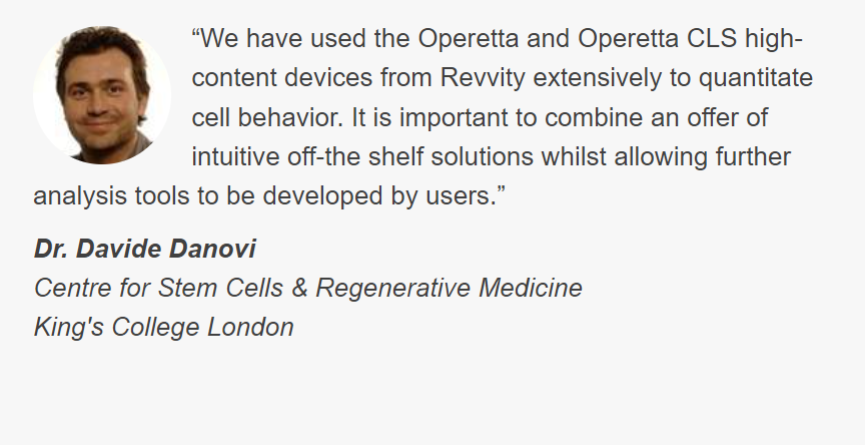

A solution configured to suit every need
Whatever your application, there’s an Operetta CLS system configured to meet your requirements. And it’s modular, so it can change with your research demands.

Operetta CLS configurations

Operetta® CLS™ Quattro
Ideal for common applications that need sensitivity and resolution, with the capacity to grow if the need arises.

Operetta® CLS™ FLEX
Offers flexibility in excitation and imaging modes for many challenging applications – and it can be upgraded to even higher performance.

Operetta® CLS™ LIVE
Ideal for gentle yet highly sensitive live-cell imaging.
| Quattro | FLEX | LIVE | ||
|---|---|---|---|---|
| System Options | Camera | sCMOS | sCMOS | sCMOS |
| Number of LEDs | 4 | 8 | 8 | |
| Confocal Disk | º | • | • | |
| Environmental Control | º | º | • | |
| Water Immersion | º | º | • | |
| Transmitted Light | • | • | • | |
| Robotics/Automation Compatible | • | • | • | |
| Imaging Modes | Fluorescence Widefield Imaging | • | • | • |
| Confocal Fluorescence | º | • | • | |
| Brightfield and Digital Phase Contrast | • | • | • | |
| Ratiometric FRET | • | • | • | |
| 3D Imaging | º | • | • | |
| Live-Cell Imaging | º | º | • |
• Includedº Optional
Specifications
| Dimensions | 66.0 cm (W) x 98.0 cm (D) x 45.0 cm (H) |
|---|
| Automation Compatible |
Yes
|
|---|---|
| Brand |
Operetta CLS
|
| Imaging Modality |
Brightfield
Confocal
Digital phase contrast
Fluorescence
|
| Unit Size |
1 unit
|
Image gallery
















































Video gallery






Citations
Resources
Are you looking for resources, click on the resource type to explore further.
Here, we present a method for analyzing cell invasion into a 3D extracellular matrix using the Operetta® high-content analysis...
More than ever, researchers are turning to 3D cell cultures, microtissues and organoids to bridge the gap between 2D cell cultures...
High-content assays using 3D objects such as cysts or organoids can be challenging from the perspectives of both image acquisition...
Multicellular 3D “oids” (tumoroids, spheroids, organoids) have the potential to better predict the effects of drug candidates...
The detection of compound cytotoxicity is an essential part of drug discovery. In this work we describe a rapid and flexible image...
The UK-based Human Induced Pluripotent Stem Cell Initiative (HipSci) aims to offer the scientific community access to a vast panel...


How can we help you?
We are here to answer your questions.






























